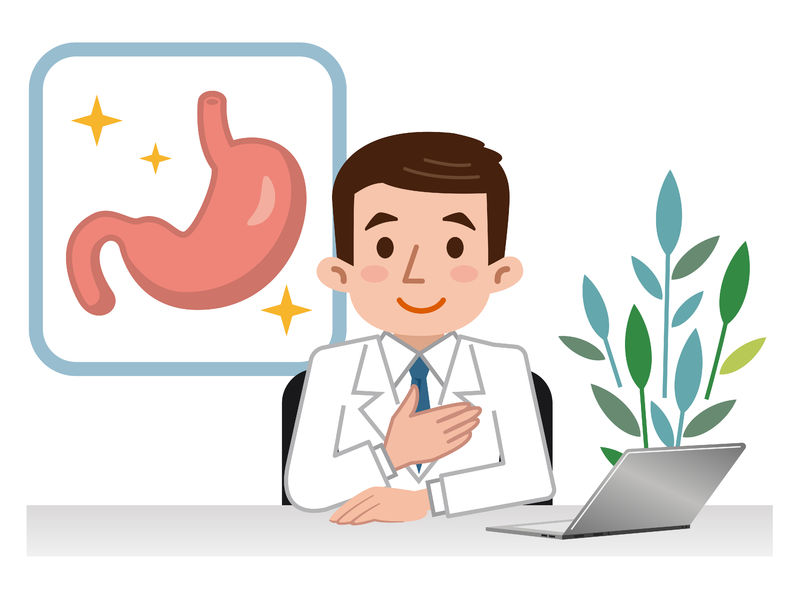Lap band surgery can be an effective and safe solution for those looking to lose weight with BMI of 35 or above, who also suffer from one obesity-related medical condition.
Placed around your stomach, lap bands create a small “upper” stomach pouch to regulate food intake and hunger hormones. They can be adjusted (by adding or subtracting saline) according to your individual needs and preferences.
Laparoscopic adjustable gastric banding (LAGB)
The Lap Band is a minimally invasive, reversible type of bariatric surgery. It works by placing a silicone band around your stomach to reduce its size, creating a small upper stomach pouch which limits how much food can be eaten at one time. You must eat slowly and chew thoroughly in order to prevent complications like difficulty swallowing, nausea or vomiting from occurring.
The band is connected by tubing to a port placed beneath your skin during surgery, and can be adjusted using saline solution through this port, to adjust how much food can be eaten at any one time.
Lap-Band surgery can typically be completed in outpatient mode; however, in certain circumstances overnight stays may be required. After you leave hospital, a liquid diet will be initiated before gradually adding in new foods over several weeks – it’s essential that healthy choices be made and plenty of water be consumed so as to avoid dehydration and stay properly hydrated if you wish to prevent dehydration and stay properly hydrated in order to ensure optimal results from this surgery. In order for it to function as intended you will also require frequent doctor appointments for fills or adjustments of this device.
The procedure
Adjustable gastric band surgery can be an effective weight loss surgery option. It limits how much food you can consume at once and makes you feel full faster, thanks to a ring-like silicone band connected by tube to a port underneath your abdomen skin; we can inject medically-safe saline into this port to adjust how tight or loose the ring fits around your stomach.
Tightening the band tightly creates a small pouch at the top of your stomach that opens into its larger lower portion through an narrow passageway. As food passes through this compartment, its components mix with digestive juices in its first part of small intestine.
Over time, patients may develop symptoms like vomiting and abdominal discomfort that indicate their band may be leaking or not working as intended. When this occurs, fluid removal or lap band removal may be required – usually an easy procedure.
Recovery
Procedure isn’t appropriate for everyone, but can provide significant weight-loss benefits in those who are severely overweight, defined as having a BMI over 35 and one or more obesity-related diseases or conditions.
Post-surgery, you will begin on a liquid diet consisting of small sips of water or clear soup. Over the next several weeks, however, you will gradually be able to include soft foods like yogurt and pureed vegetables into your meal plan.
Your physician will carefully supervise your recovery process and monitor incision sites for signs of infection such as redness or swelling, as well as providing advice regarding activity levels and suggesting gentle exercises to speed up healing time.
Regular follow-up appointments with your physician are essential, as they will monitor your progress and can fill or deflate the band with saline as necessary. If you experience hunger between meals or have difficulty swallowing or acid reflux after eating, filling your band may be necessary.
Complications
Sometimes the inner portion or tubing near your port may wear down and leak saline solution used as fill fluid, making your band less effective at constricting stomach. In such instances it’s crucial to visit your doctor immediately in order to replenish and adjust tension of your band.
Due to reduced food intake, your stomach may not absorb nutrients efficiently and effectively resulting in nutritional deficiencies (particularly calcium, iron and B-complex vitamins) as well as nausea, vomiting and pain after each meal. This could cause significant issues for health.
Occassionally, your stomach can develop gastroesophageal reflux disease (GERD) due to the restrictive point created by the lap band. When this occurs, a doctor may advise removal to relieve this discomfort.
Disclaimer: The content on this blog is intended for general informational purposes only. It is not a substitute for professional medical advice, diagnosis, or treatment. Always consult qualified healthcare providers for personalized advice. Information regarding plastic surgery, dental treatment, hair transplant, and other medical procedures is educational and not a guarantee of results. We do not assume liability for actions taken based on blog content. Medical knowledge evolves; verify information and consult professionals. External links do not imply endorsement. By using this blog, you agree to these terms.










